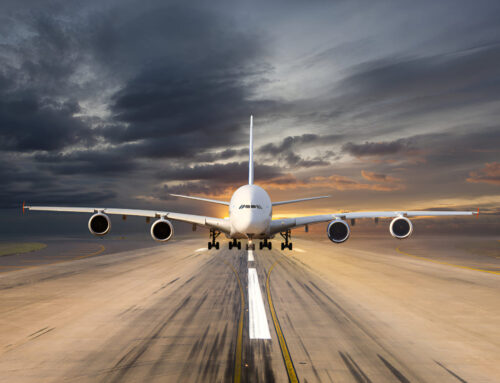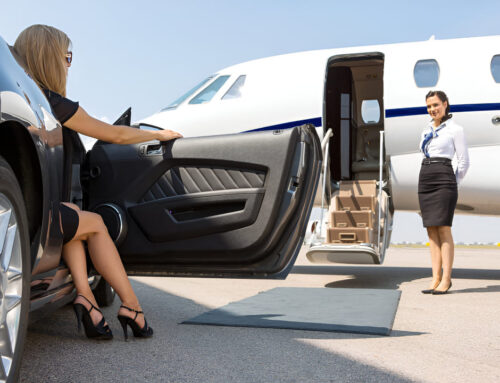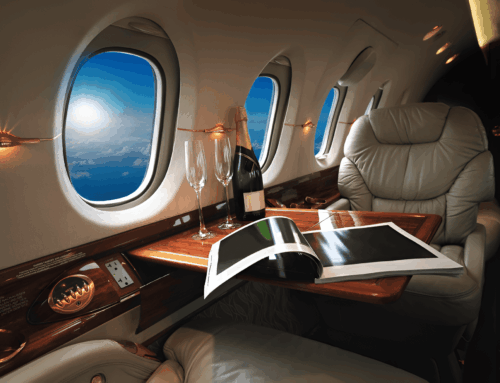The world of aviation is on the brink of a quiet revolution — literally. As electric propulsion technologies mature, electric planes are emerging as the next big leap in short-distance air travel. They promise cleaner skies, quieter flights, and drastically reduced operational costs — a combination that could completely transform how we think about regional transportation.
The Rise of Electric Aviation
Electric planes are no longer futuristic prototypes confined to labs. From startups like Eviation and Joby Aviation to industry giants like Airbus and Rolls-Royce, global players are racing to electrify the skies. These aircraft are primarily being designed for short-haul routes, typically under 500 miles, where traditional jet fuel costs and emissions are disproportionately high.
By relying on electric motors rather than jet engines, these planes can operate at a fraction of the cost. Maintenance becomes simpler since electric motors have fewer moving parts, and the absence of fuel combustion slashes greenhouse gas emissions. The potential environmental benefit is immense, positioning electric aircraft as a cornerstone of sustainable aviation.
How Electric Planes Work
The basic principle behind electric flight is straightforward: energy stored in batteries powers electric motors that drive propellers. However, the real challenge lies in battery efficiency. Current lithium-ion batteries are improving rapidly, but they still offer less energy density than jet fuel. This limitation confines electric planes to shorter routes for now — but even that range is enough to revolutionize regional air travel.
Companies are also exploring hybrid-electric systems, which combine conventional engines with electric power to extend range and flexibility. As battery technologies evolve, we can expect a new generation of aircraft capable of carrying dozens of passengers over several hundred miles — all without the roar of traditional engines.
Impact on Short-Distance Air Travel
Short-distance air routes are ideal for electric aircraft. These flights often operate between smaller cities or regional airports, where takeoff and landing times make up most of the flight duration. Electric planes excel in such scenarios, offering lower noise levels and quicker turnaround times.
In the near future, it’s likely that commuters could book short regional hops on small electric planes — turning what used to be hours-long car journeys into smooth, sustainable 45-minute flights. This transition would not only improve convenience but also reduce the carbon footprint of local travel networks.
Designing the Future: Inspiration for Collectors
As aviation embraces electric propulsion, collectors and enthusiasts are equally captivated by this transformation. Model planes representing electric aircraft designs — like the futuristic Eviation Alice or the Joby eVTOL — are becoming highly sought after by those passionate about innovation and design. These models capture the sleek, minimalist aesthetics of electric aviation and symbolize a historic shift toward sustainability.
At Modelworks Direct, collectors and professionals alike are drawn to creating custom airplane models that commemorate this new era of flight. These bespoke pieces not only celebrate engineering excellence but also represent the optimism driving aviation’s electric future. Displayed in offices, educational institutions, or homes, they serve as reminders that the next generation of air travel has already begun.
Challenges Ahead
Despite the promise, challenges remain. Battery technology needs to improve significantly to support longer flights and larger passenger capacities. Regulations for electric aircraft are still developing, as aviation authorities work to ensure safety and performance standards. Additionally, the infrastructure for charging and maintaining electric planes will require investment and adaptation across global airports.
Yet, as with all great innovations, progress is accelerating. Much like electric cars a decade ago, electric aircraft are steadily gaining traction — supported by both environmental goals and economic incentives.
A Quieter, Cleaner Future
The introduction of electric aircraft represents more than just technological advancement — it’s a reimagining of air travel itself. Cleaner energy, reduced noise pollution, and cost-effective regional connectivity all point toward a smarter and greener aviation future.
For aviation enthusiasts, this is an exciting moment to witness — and to capture in miniature form. Whether it’s through custom airplane models that showcase today’s pioneering electric aircraft or full-scale innovation shaping tomorrow’s skies, one thing is clear: the electric age of aviation is taking off, and it’s here to stay.




